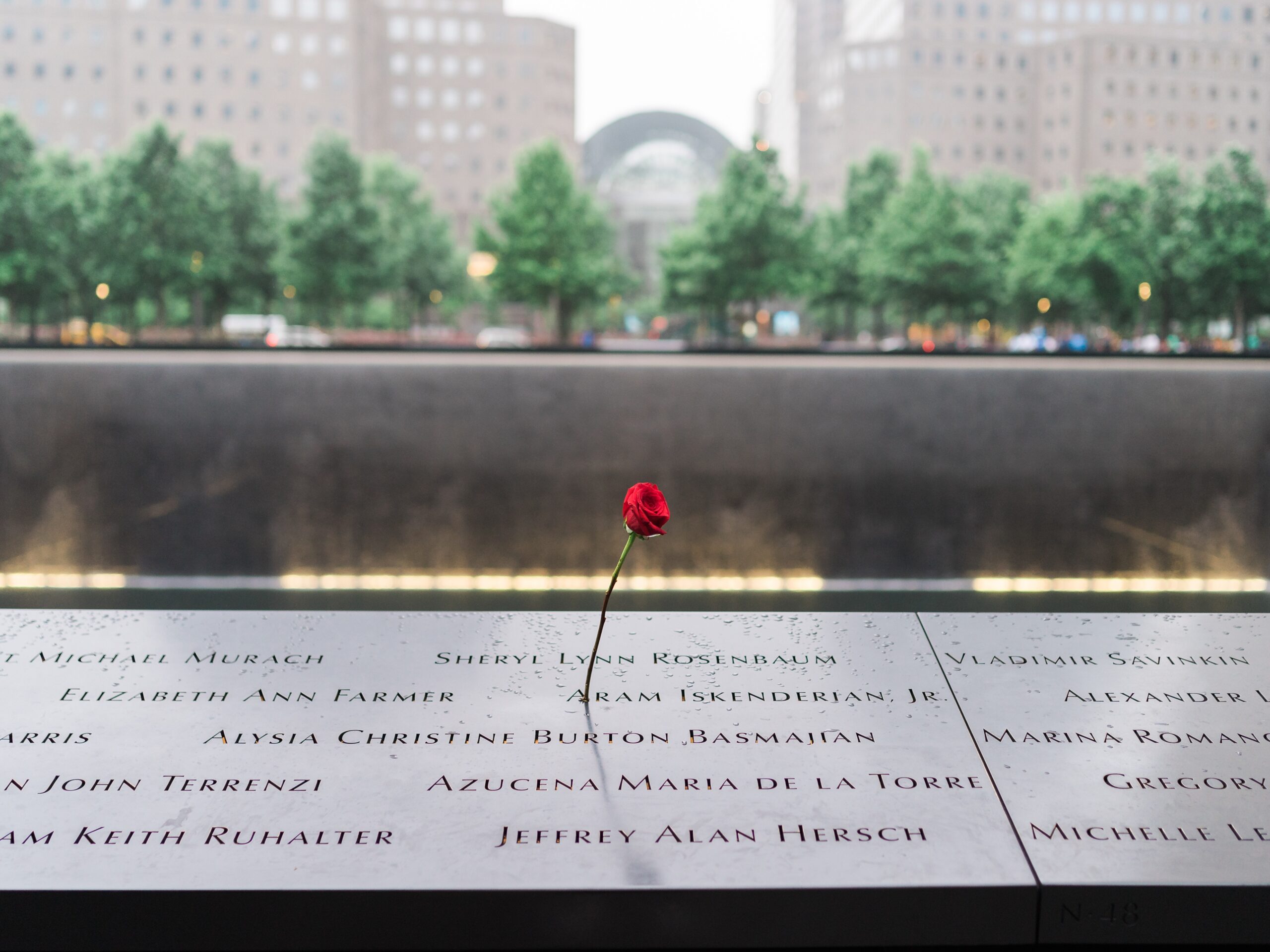Over 40 years of forensic research has taught that while there are some clear patterns to predatory violence and mass attacks, human violence is a complex and multi-dimensional behavior resulting in atypical manifestations with each new event.
There have been several watershed moments in America’s experience with terrorism.
- Ideological terrorism – The 1993 World Trade Center (WTC) bombing, and the sophisticated and devastating attacks of September 11, 2001 on those same towers exposed us to radical Islamic terrorism.
The 1995 Oklahoma City bombing, and the 2015 Charleston church shooting exposed us to radical right-wing terrorism.
- Lone-actor terrorism – The Boston Marathon bombings, San Bernardino, and Orlando’s Pulse Nightclub shooting exposed us to the lone-actor terrorist.
- Mass school shootings – The 1999 Columbine, 2007 Virginia Tech, and 2012 Sandy Hook shootings showed us that no school at any level was exempt.
- Mental instability – The attacks on Gabby Giffords and the Aurora Colorado movie theatres were both highly influenced by delusional belief systems.
The above list, sadly, is not exhaustive.
The tendency to seek patterns and similarities in such events is hard-wired into our psyches, part of our evolution to make meaning of our environment, to streamline decision-making, and enhance problem-solving in crisis. While we have identified some similarities across groups of mass attack perpetrators that increase our understanding, what remains constant is that all these events have atypical and unique factors at play.
The atypical quality emerges in two ways.
1) Each case has unique risk factors that account for a large variance of behavioral influence.
- The WTC attacker’s radical jihadist ideology was central to their motivation, without which the acts were not likely to have occurred.
- For the Giffords and Aurora theater perpetrators, delusional belief systems were central to their violence, without which the acts were not likely to have occurred.
The unique variables represent the “atypical” factors that must be considered when attempting to understand the risk of mass violence and move towards prevention and management.
2) Unless you are a highly seasoned Special Forces or Secret Service operative, responding to these events is anything but normal.
Golden rules of crisis response:
- Have a plan
- Have a plan
- Have a plan
- Train to the plan
- Execute the plan
- Repeat
Preparedness and planning are critical at the individual, organizational, and societal level to respond adequately when mass attacks occur. Nothing good comes from NOT having a plan. One must also train to that plan, frequently, and perhaps most importantly to differing scenarios of the crisis. That is how one begins to inoculate themselves and their organizations to the “atypical” quality of such attacks, and how resilience is developed.

